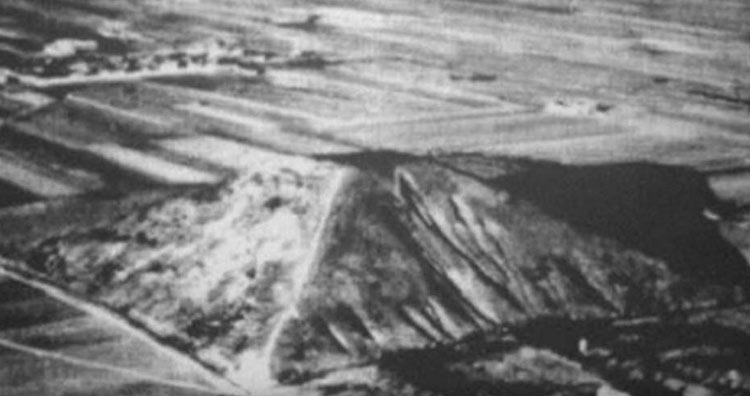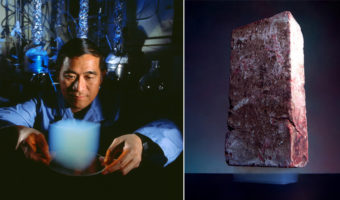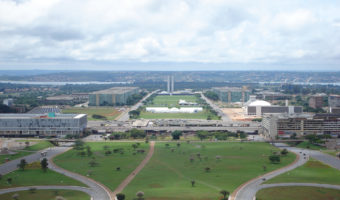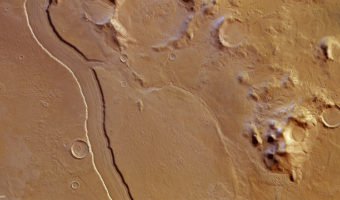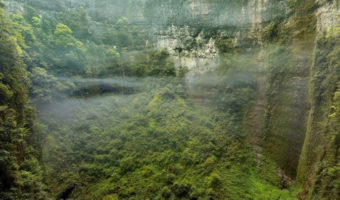Why Don’t We Know About the Pyramids in China?
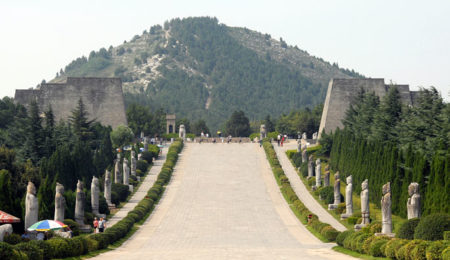
When we think of pyramids, our minds automatically travel to the sandy deserts of Egypt. But what if someone told you that there is a gigantic, mysterious pyramid speculated to be higher than the Great Pyramid of Giza in China? Yes, you read that right. Pyramids in China may sound like an oxymoron, but surprisingly, it is true. Outside the ancient city of Xian, there are scores of pyramid-shaped mounds cloaked in overgrown shrubs and shrouded in mystery. A secret well-kept from the rest of the world.
But how did history books skip this? And more importantly, how did everyone not know about these pyramids in China?
Table of Contents
How were the pyramids in China discovered?
References to these pyramids are seen sporadically in accounts as early as the 17th century. But in 1912, these pyramids were documented properly for the first time by Western traders Fred Meyer Schroder and Oscar Mamenit, who were traveling with a Buddhist guide around Xian. Schroder recorded in great detail the description of a giant pyramid around 1.000 ft tall, surrounded by smaller pyramids. He wrote in his journal that the experience was even more “uncanny” than if they had found it in the wilderness. The guide informed them that the giant pyramid was over 3,000 years old and was featured in old Chinese legends.
But it was after World War II that the entire world got to know of these pyramids. In 1945, US Airforce pilot James Gaussman was flying between India and China when he was dazzled by something below. While looking down towards the source of the glittering light on the plains of China’s heartland, he saw a massive white pyramid, which looked even larger than the Pyramid of Giza. But what caught his eye was the capstone, a huge jewel that was glittering and looked like a crystal. He spread the word about his discovery, but it slowly got lost amidst other important news of the season.
Two years after this discovery, Colonel Maurice Sheahan, a director for Trans World Airline, had the same experience. But this time, The New York Times ran the big story with pictures in 1947, and the entire world was captivated by this groundbreaking discovery in archaeological history.
A lot still needs to be revealed. Were these images of this 1,000-ft pyramid even real? Has anyone even ventured inside these pyramids in China? Today, in 2022, almost 75 years later, the world still knows very little.
Where are these pyramids in China located?
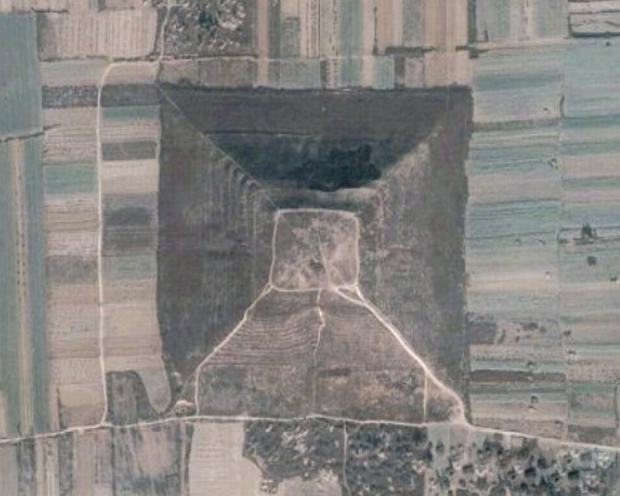
All the pyramids are located in Shaanxi Province, a few miles outside the city of Xi’an. Some are large, while others are gigantic in size. If you have the right coordinates, Google Earth will show you not just one but almost 40 known pyramids around that area. They are a little hard to spot otherwise as they are covered with trees and grass, but most pyramids are located within 16 to 22 miles northwest of Xi’an, on the plains of Guanzhong.
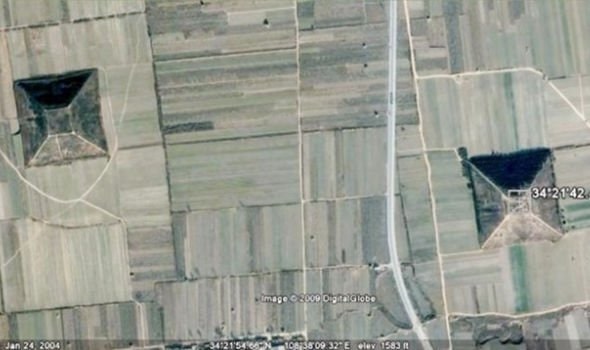
Researchers think that the Great White Pyramid that was spotted by Gaussman, and the picture published in the New York Times was the tomb of Emperor Wu of Han or the Maoling Pyramid located in Xingping, Shaanxi Province. A few others think that the Great White Pyramid with the jeweled cap has still not been discovered. They think that the structure lies within the rugged terrain of the Qin Ling Mountains, which makes it harder to find. But the elusive Great White Pyramid with the dazzling crystal on top still remains a mystery.
The tomb of the first emperor of China is astonishing.
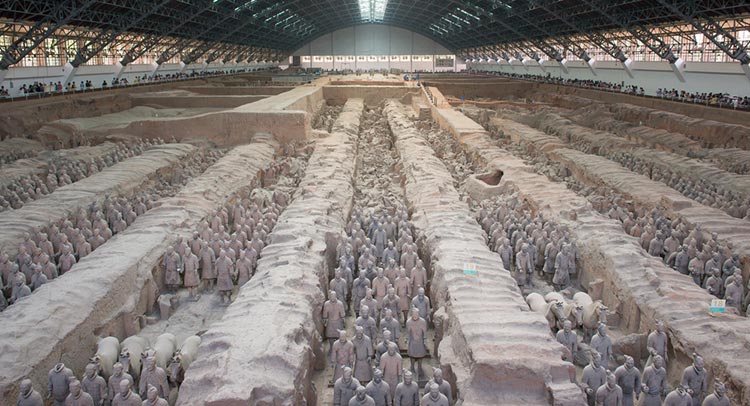
In 1974, a huge discovery came to light when two farmers were digging just outside Xi’an. They unearthed the famous terracotta army of the first emperor of China, Qin Shi Huang. According to legend, Emperor Qin, who unified China as a single province, was laid to rest with all the comforts of his life – inside a real mini-city built with palaces, carriages, treasures, and anything else he might need in his afterlife. But the site is so huge that archaeologists say that they are going to be digging forever, for centuries!
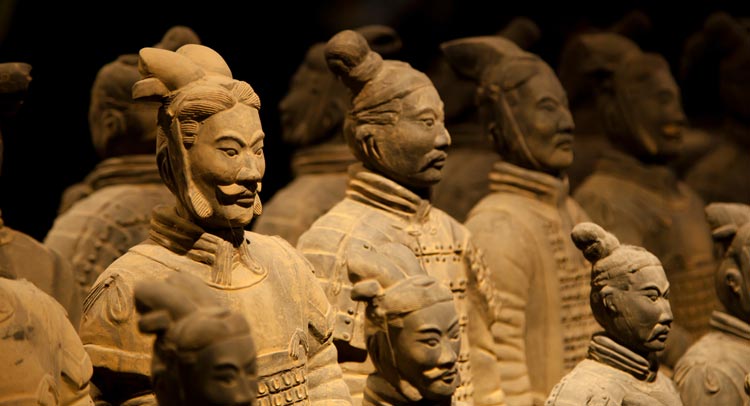
Even the emperor himself has not yet been found. Or, if he has, no one knows about it yet. The ghostly life-size soldier-army stands guard to a secret everyone is scared to unearth. The tomb of Emperor Qin is just starting to be revealed, but still, the journey is far from complete. The other tombs or pyramids are still unearthed.
What is the significance of these pyramids, and what do they look like?
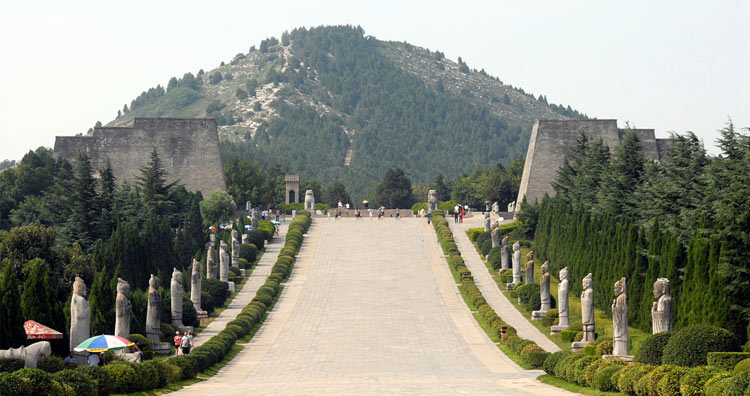
The historians who have dug deep into Chinese history say that this region is rumored to have a lot of the remains of royalty beneath its surface, and it is still mostly undisturbed, undiscovered. These tombs are the symbols of power, wealth, and political legitimacy – a final resting place for the ancient emperors of China and other royalty. What is buried in these pyramids may still be largely unknown, but who is inside is not a mystery. These are the tombs of emperors, generals, lords, ladies, and the richest, who were the most powerful people who lived in China at that time.
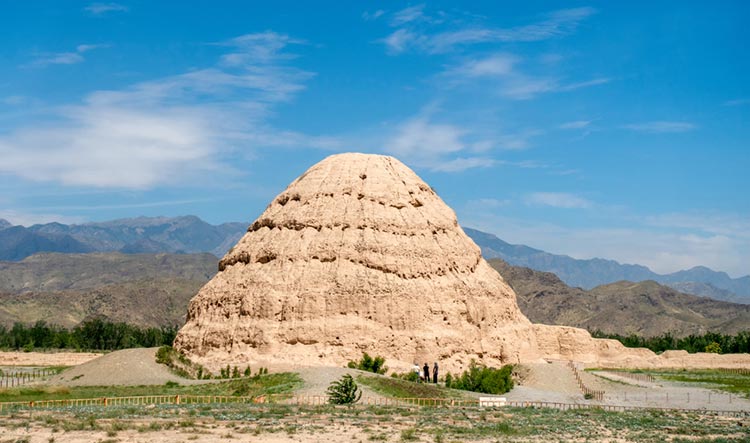
Scientists, archaeologists, and historians tell us the Chinese pyramids are mostly built of mud and dirt and are more like “mounds” compared to the stone pyramids of Egypt. These pyramids are shaped like trapezoids with flat tops, different from the triangular shape of the pyramids in Egypt. They also think that the height of 1,000 feet of the Giant White Pyramid is perhaps inflated, as most Chinese mounds of that area are relatively low. But the location is in an area of great archaeological importance, and very few of the pyramids have ever been explored.
No one has been allowed to investigate these pyramids.
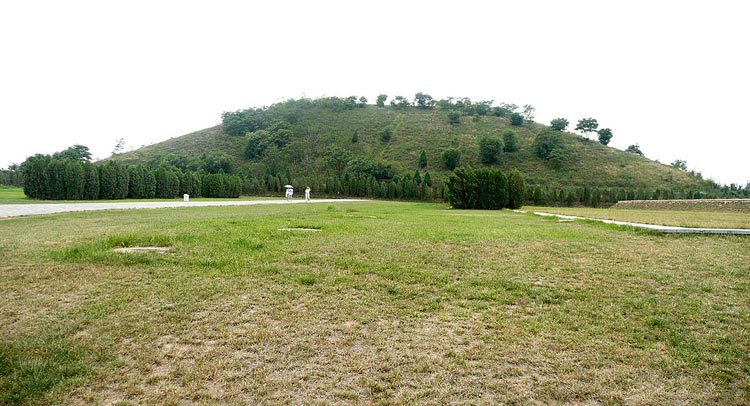
As the entire world slowly learned of these mystery pyramids in China, their enigma continued to grow. The Chinese officials in the year 2000 declared that there were around 400 pyramids around Xi’an, excluding the Great White Pyramid. A few of these pyramid sites, like the Han Yang Ling Mausoleum, are now open for tourism. But unearthing them is still not the plan. The Chinese Government says that they don’t have the technology yet to explore and excavate the pyramids. They further concluded that clumsy excavation techniques could lead to damage, just like in the tomb of Pharaoh Tutankhamun in Egypt. There are also rumors that shrubs were consciously planted in order to keep the pyramids a secret.
In the early 1990s, a German investigator, Hartwig Hausdorf, began searching for the pyramid Gaussman spotted, but it was futile. Instead, he found that the Chinese military was patrolling the area. The people of China have a strong respect for tradition in their culture. They may also simply want to leave their royalty as they are, in peace, without waking them from their peaceful slumber.
Whatever may be the reason, the pyramids in China continue to be a big mystery!
20 Science Mysteries that Have Baffled Experts














